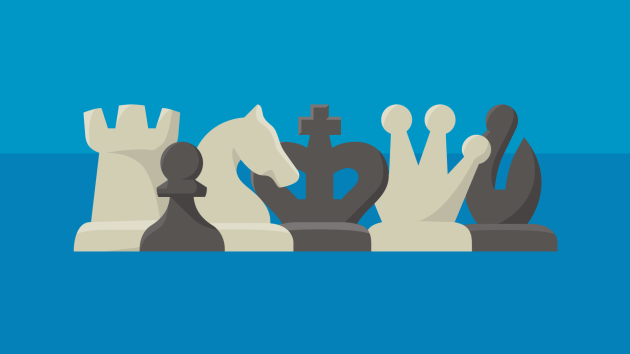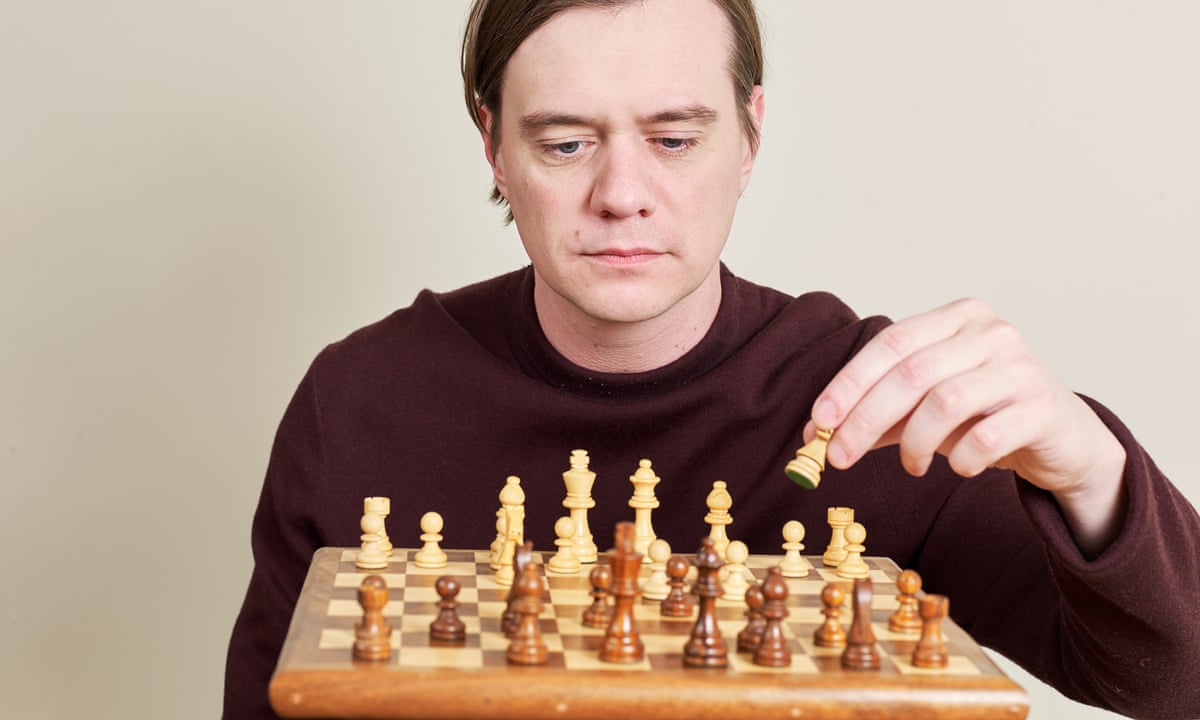All About Chess: Discover the Remarkable Background and Strategies Behind the Game
Chess, with its beginnings dating back to sixth century India, has changed substantially over the centuries. This game has mesmerized minds worldwide, showcasing the brilliance of famous players like Garry Kasparov and Bobby Fischer. Comprehending the ins and outs of chess, from the movements of each piece to necessary approaches, discloses its depth. The inquiry stays: what drives the sustaining attraction with this old game? Exploring its background and approaches might reveal deeper understandings.
The Beginnings of Chess: A Journey Via Time
Although the precise beginnings of chess remain uncertain, historic evidence suggests that the game advanced from earlier techniques played in India around the 6th century. Referred to as Chaturanga, this early kind of chess featured pieces standing for infantry, mounties, elephants, and chariots, mirroring the military strategies of the time. As Chaturanga spread via trade courses, it adjusted to numerous cultures, leading to the production of Shatranj in Persia. This variant introduced brand-new policies and piece motions, laying the structure for contemporary chess.
Chess Prodigies: Notable Figures in the Game's History
Throughout chess history, exceptional natural born players have actually emerged, shaping the game's landscape and motivating future generations. From epic champs that dominated the boards in their time to contemporary skills redefining the limitations of youth and skill, these gamers have actually made enduring marks on the sporting activity. Their tales highlight not just individual sparkle however additionally the advancing nature of chess as a competitive endeavor.
Famous Chess Champions
Chess has been shaped by the brilliance of various epic champs whose contributions have left an enduring mark on the game. Figures like Garry Kasparov, known for his vibrant design and unparalleled calculated depth, dominated the chess world during the late 20th century. Anatoly Karpov, his competitor, showcased phenomenal positional understanding and mental expertise, protecting multiple world titles. Bobby Fischer, an American natural born player, reinvented chess with his exceptional ability and intense emphasis, culminating in his 1972 World Champion victory. In Addition, José Raúl Capablanca's natural capacity and endgame mastery established new standards in the very early 20th century. These champions not just mastered competition however also motivated generations, forming chess into an international sensation celebrated for its intellectual rigor and virtuosity.
Modern Prodigies
What makes a chess natural born player genuinely impressive? The ability to understand intricate approaches at an astonishingly young age establishes them apart. Contemporary chess prodigies like Magnus Carlsen, Fabiano Caruana, and Alireza Firouzja have actually captivated target markets with their extraordinary talent. Carlsen, ending up being a Grandmaster at simply 13, redefined expectations and rose to Globe Champion status. Caruana, understood for his deep prep work and tactical prowess, has consistently tested the elite. Firouzja, born in 2003, represents the new generation, integrating imagination with relentless aspiration. These gamers exhibit a mix of innate skill, extensive training, and psychological determination, influencing the game's advancement. Their contributions ensure that chess continues to be a dynamic and vibrant technique, inspiring future generations of players worldwide.
Recognizing the Chessboard: Parts and Their Activities
The chessboard offers as the combat zone where complicated techniques unfold, featuring an unique set of items, each with distinct motions and roles. Consisting of 64 squares prepared in an 8x8 grid, it is home to the king, queen, rooks, knights, bishops, and pawns. The king, the most vital item, relocates one square in any type of direction, while the queen, one of the most powerful, can traverse any type of variety of squares up and down, flat, or diagonally. Rooks move in straight lines, whereas bishops move diagonally throughout the board. Knights have a distinct L-shaped activity, leaping over various other pieces. Pawns progress one square but capture diagonally, with the choice to move two squares forward on their initial step. Each item's activity adds to the detailed dance of method and methods, making the chessboard a dynamic stage for intellectual battle. Understanding these movements is fundamental for gamers aiming to navigate the intricacies of the game.

Necessary Strategies for Beginners: Tips to Enhance Your Game
Mastering the movements of chess items lays the foundation for developing reliable techniques. For beginners, concentrating on managing the center of the board is necessary. This permits for higher movement and influence over the game. Creating pieces early, as opposed to moving the exact same piece numerous times, can help develop a solid setting.
In addition, gamers must focus on king security by castling early, why not try these out ensuring the king is hidden from threats. Acknowledging tactical opportunities, such as forks, pins, and skewers, can supply advantages in material gain. It is additionally essential to plan ahead; anticipating a challenger's relocations fosters far better defensive and offensive play.
Preserving a balanced strategy in between hostile and protective techniques can stop unnecessary oversights. By carrying out these essential methods, novices can enhance their gameplay and construct a strong foundation for future improvement in chess.
Advanced Tactics: Boosting Your Chess Skills
In the domain of chess, mastering advanced methods can considerably improve a player's ability. Identifying tactical patterns, mastering endgame techniques, and comprehending opening concepts are vital aspects that elevate one's game. These elements not just enhance general performance yet additionally foster much deeper tactical reasoning.

Tactical Patterns Recognition
Identifying tactical patterns is vital for boosting chess skills to a greater degree. Players that master these patterns can identify possibilities for tactical maneuvers, boosting their opportunities of success. Common patterns consist of forks, pins, skewers, and uncovered strikes, each offering critical benefits when executed efficiently. Comprehending these motifs allows players to expect their challenger's moves and counter them efficiently. In addition, researching timeless games can reveal exactly how masters utilized tactical patterns to protect success. Normal practice and evaluation of one's very own video games can further enhance pattern acknowledgment, making it possible for players to respond swiftly and precisely during suits. Inevitably, honing this skill changes the approach to chess, bridging the gap between amateur and advanced play.
Endgame Strategies Mastery
Reliable endgame approaches can substantially affect the end result of a chess suit, frequently identifying the distinction in between a win and a draw. Advanced players recognize the importance of piece control and the usage of pawns in the endgame. Trick techniques consist of promoting pawns to queens and creating passed pawns my review here that can progress unblocked. Recognizing essential settings, such as the resistance and zugzwang, is essential for attaining advantageous setups. Proficiency of endgame strategies, such as king and pawn versus king circumstances, can transform prospective losses into attracts or wins. Players should likewise concentrate on streamlining the placement when in advance, trading items Look At This to convert product advantages into success. Continuous practice and analysis of endgame placements will raise a player's overall chess skills significantly.
Opening Principles Comprehending
Understanding endgame methods lays a strong structure for understanding opening up concepts. In chess, the opening phase is crucial as it sets the phase for the center game. Chess. Gamers should prioritize control of the center, creating pieces effectively, and ensuring king security. Efficient openings frequently involve relocating pawns to establish main prominence while collaborating minor and major pieces for optimal activity. The principles stress stagnating the exact same piece numerous times without need and preventing early queen development, which can result in vulnerability. By adhering to these foundational methods, gamers can produce a solid structure that boosts their tactical possibilities later on in the game. Recognizing these opening up principles is essential for raising one's chess skills and accomplishing success

The Social Influence of Chess: Why It Matters Today
Chess, a game with roots mapping back over a millennium, proceeds to exert an extensive social impact around the world. It transcends plain enjoyment, acting as a device for education, critical thinking, and social communication. Numerous universities include chess into their educational programs, promoting cognitive advancement and tactical reasoning among trainees. The game likewise cultivates inclusivity, combining diverse neighborhoods and motivating intergenerational links.
Chess has penetrated prominent society, motivating literary works, films, and even fashion. Legendary numbers like Bobby Fischer and Garry Kasparov have actually come to be social signs, highlighting the game's possibility for individual and national pride. In the digital age, online platforms have actually better democratized access to chess, allowing millions to involve with the game. As culture deals with intricate challenges, chess continues to be appropriate, providing lessons in persistence, insight, and strength, consequently reinforcing its significance in contemporary culture and life.
Frequently Asked Concerns
Just How Has Chess Influenced Popular Culture and Media?
Chess has substantially influenced popular culture and media, showing up in movies, literature, and art. It symbolizes intellect and method, motivating narratives and personalities while promoting styles of dispute, competition, and the human experience.
What Are the Advantages of Playing Chess for Mental Wellness?

Are There Various Chess Versions Messed Around the Globe?
Yes, various chess variations are played internationally, consisting of Bughouse, Chess960, and Three-check chess. Each variant introduces special regulations and techniques, offering players with diverse experiences and difficulties that vary from traditional chess.
How Do Chess Engines and AI Influence Modern Chess?
Chess engines and AI significantly boost contemporary chess by supplying innovative analysis, boosting gamer abilities, and affecting techniques. They act as training devices and competitors help, transforming how players come close to the game at all levels.
What Are Usual False Impressions About Chess Athletes?
Usual false impressions concerning chess gamers include the idea that they are all withdrawn geniuses, entirely focused on method. Chess. In truth, players differ considerably in character, history, and technique, frequently delighting in social communications and varied interests